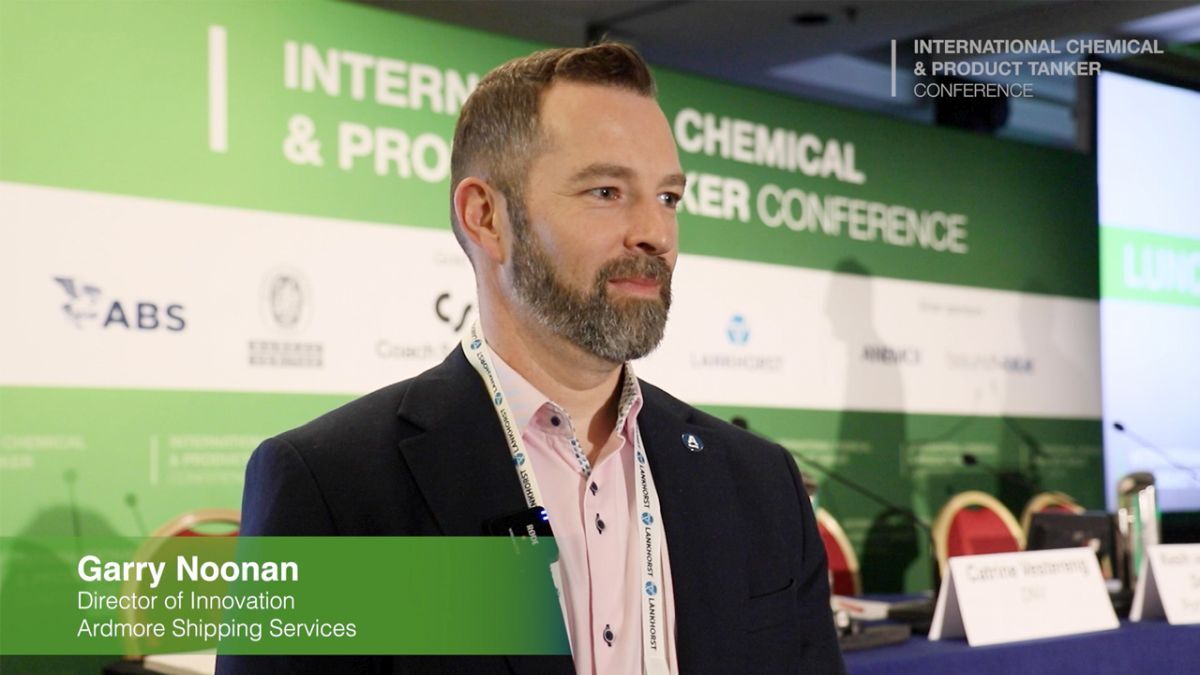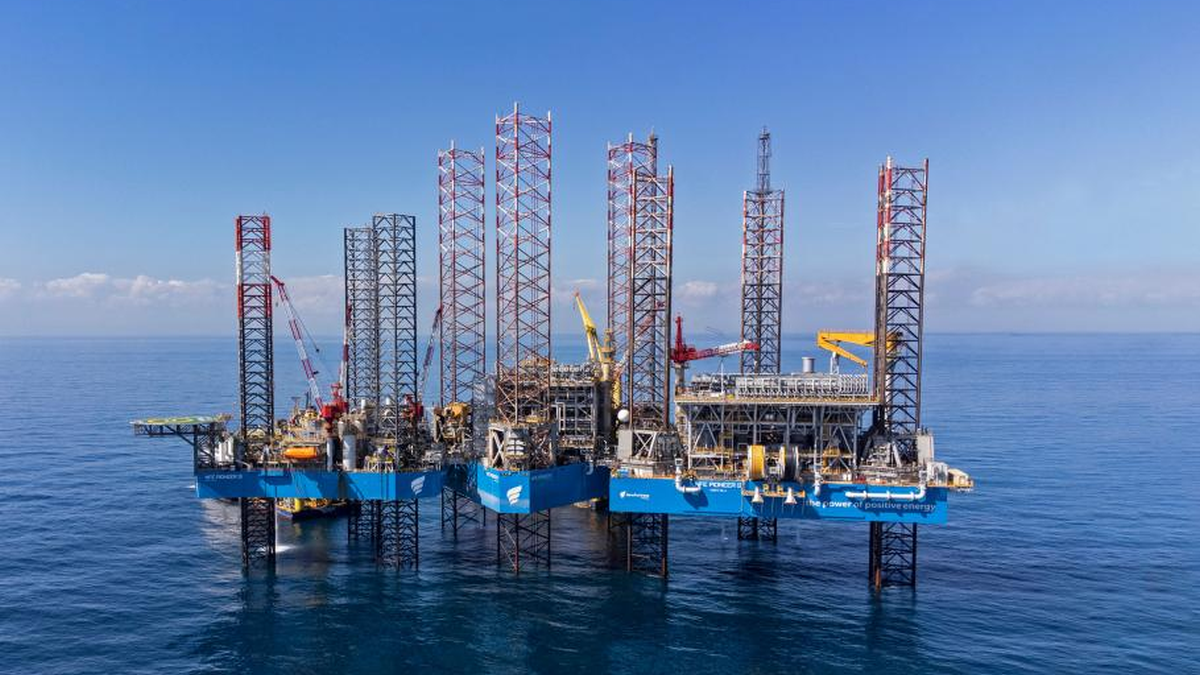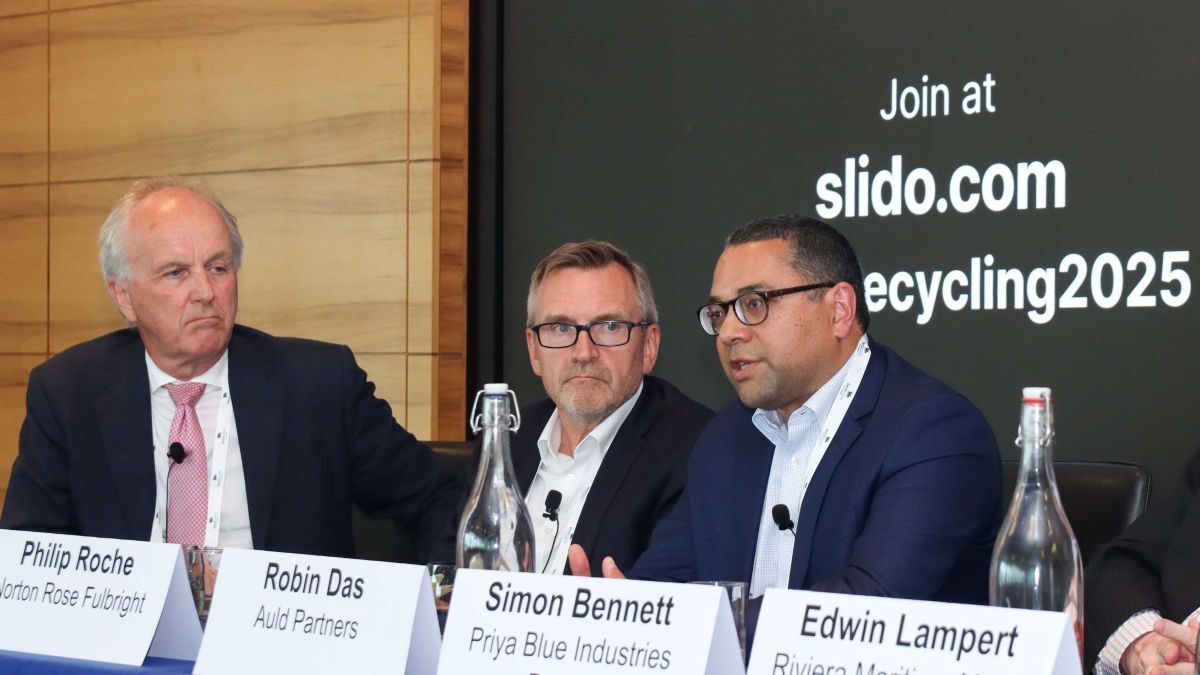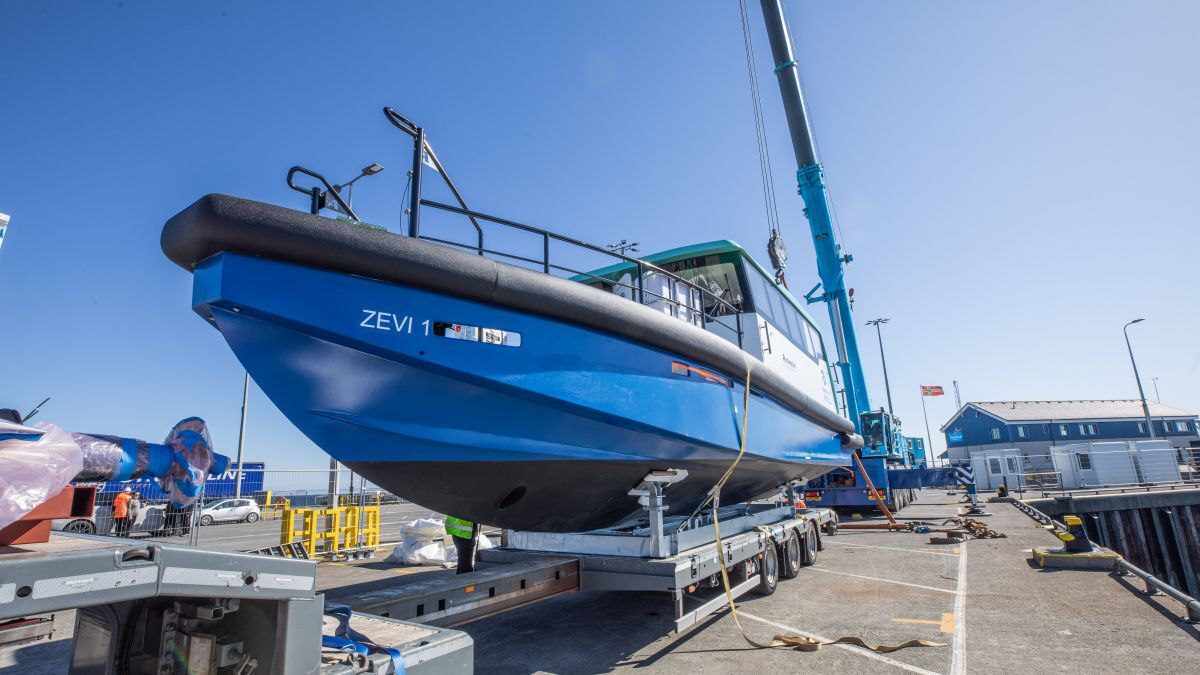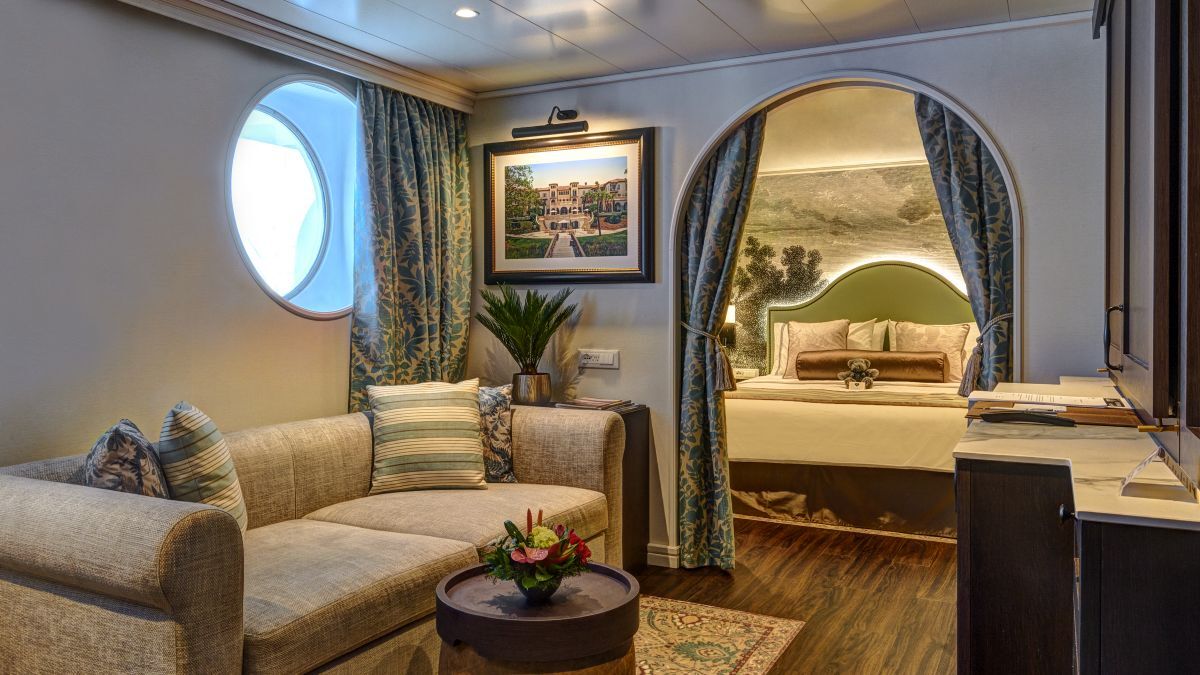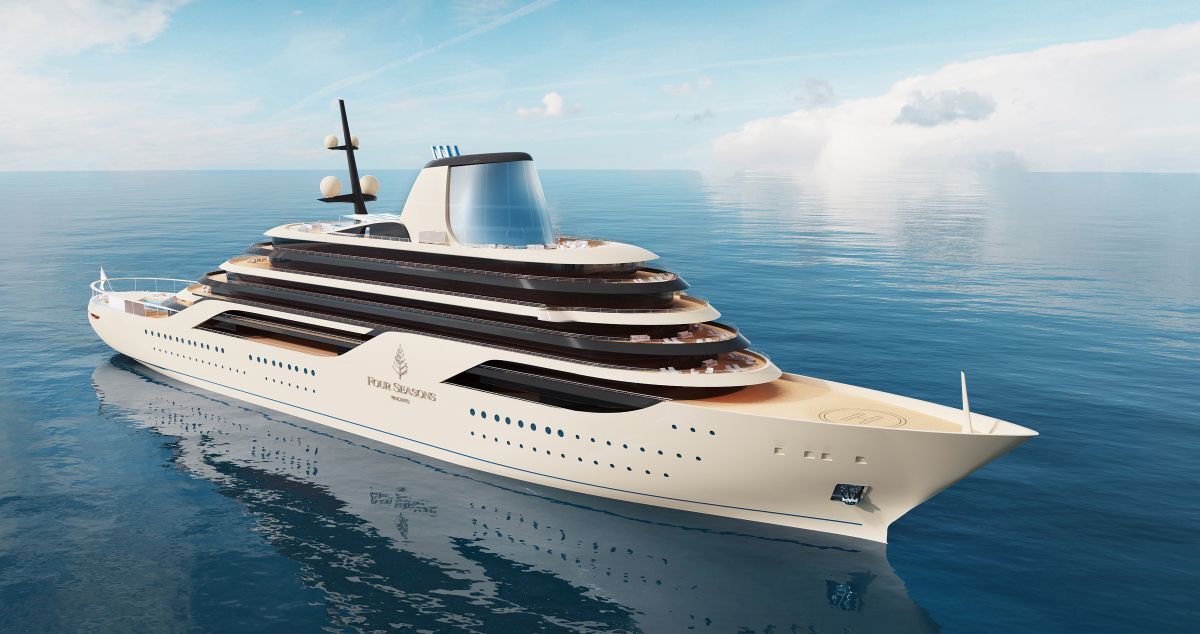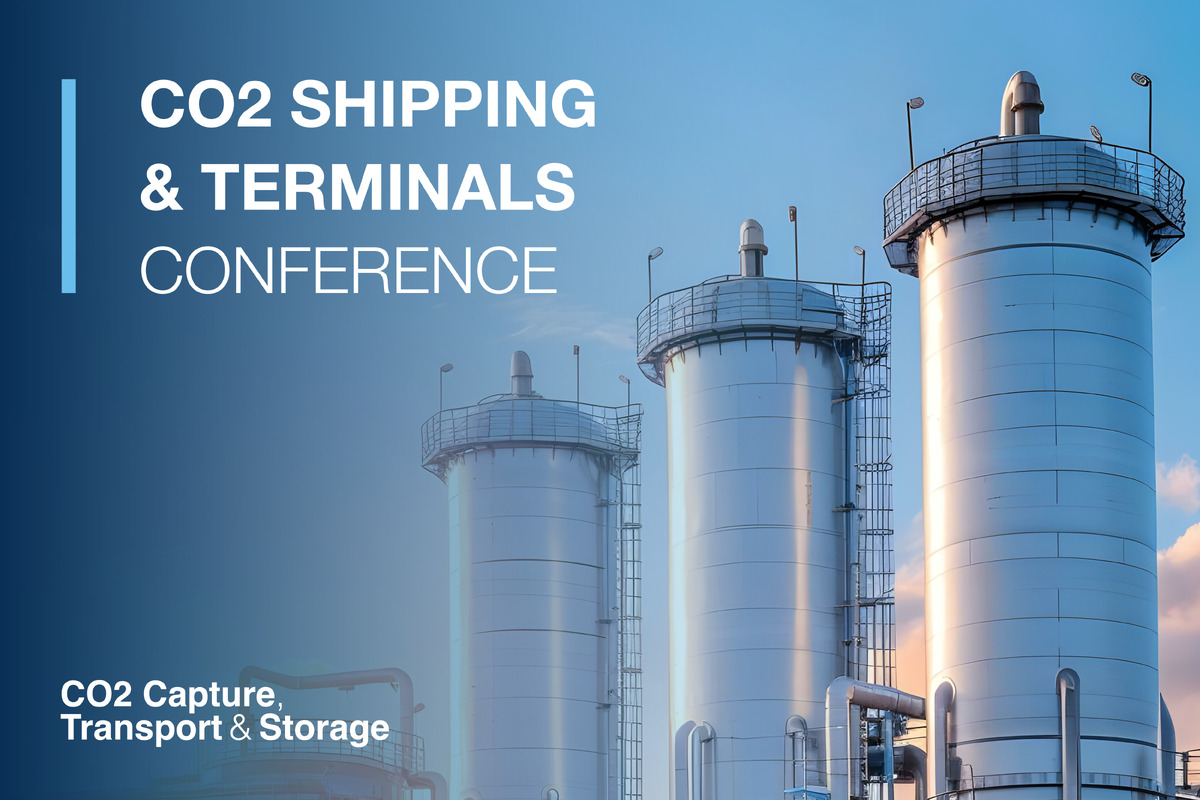Business Sectors
Contents
2019: Alternative fuels and autonomous shipping to break new ground
I believe that 2019 will be the year that we really see the use of alternative fuels take off.
The foundations for their use were planted in 2018, from signing a contract to build the world’s first hydrogen-powered ferry to developing a methanol-powered cruise ship design and announcing the use of liquid biogas on cruise ship conversions.
These foundations will pave the way for more widespread use and overcoming challenges including fuel storage and a lack of prescriptive rules.
Many in the passenger ship sector are eagerly watching the development of these fuels based on their potential to offer zero emissions, meeting increasingly strict emissions legislation like the IMO's mandate to reduce shipping emissions by at least 50% over 2008 levels by 2050.
However, technical innovation in the passenger ship industry covers more than alternative fuels. Autonomous shipping is becoming a reality with two world-first trials on ferries, paving the way for their use.
And increasing pressure for cruise operators to achieve the ‘wow’ factor among passengers coupled with some game-changing venue construction this year will pave the way for ever-more sophisticated technology and construction in the cruise sector.
First hydrogen ferry to pave the way for more

Scotland’s Ferguson shipyard is building the world’s first hydrogen fuel cell ferry, which other passenger ship projects are sure to follow. The shipyard led a European consortium in a bid for EU funding support to build and launch the ferry.
Known as Hyseas III, it will operate around Scotland’s Orkney Islands, which produce hydrogen in volume from renewable energy, which the ferry will electrolyse and use in fuel cells. As the Hyseas III project gets underway, it will help smooth the path for other ferries to operate on hydrogen.
Using hydrogen as a marine fuel makes very good sense as it meets all upcoming emissions legislation. But challenges include the fact that there are no prescriptive rules governing the building of a hydrogen ferry and storing the hydrogen in the vessel, due to its large volume.
But the Hyseas project will help with developing prescriptive rules around hydrogen. The project already has overcome storage problems by creating a bespoke hull shape to accomodate storage.
Greater use of hydrogen is also backed up by the December 2018 announcement by MAN Energy Solutions that its subsidiary MAN Cryo has – in close co-operation with Fjord1 and Multi Maritime in Norway – developed a marine fuel-gas system for liquefied hydrogen. It has been granted preliminary approval in principle by DNV GL. The award is significant in that the system is the first marine system design globally to secure such an approval.
Liquified biogas to enter cruise industry

Image credit: Carsten Pedersen
Hurtigruten is set to be the first cruise operator to use liquified biogas and has announced plans to use this fuel alongside LNG and batteries on six vessels it is retrofitting.
Hurtigruten chief executive Daniel Skjeldam explained in an interview with Reuters that his company will use waste material from dead fish, agriculture and forestry. Hurtigruten’s introduction of this type of fuel to the passenger ship industry will lead to more cruise ships and ferries using biogas.
Its advantages are:
- It is 100% renewable and takes its energy from totally natural sources.
- It is available – Hurtigruten plans to use the organic waste produced by Norway’s and northern Europe’s large fishery and forestry sectors to produce liquified biogas for its vessels.
- Liquified biogas can use existing LNG infrastructure.
Methanol will break through in passenger shipping

The MethaShip research project has found key advantages for using methanol in medium-speed marine engines for passenger shipping. It brought together partners from shipbuilding, class, engine manufacturing and methanol production to investigate the potential of methanol as a fuel for cruise ships and roro passenger ferries.
It also included developing a cruise ship design featuring seven integrated storage tanks made of coated conventional mild steel. The results of this project suggest that methanol use will pick up pace in the cruise and ferry sector.
The project found that methanol is very easy to handle, with easier storage and transport properties compared to other alternative fuels. There is already widespread infrastructure and availability of methanol, which will make it much easier for the industry to use.
It builds on the foundations already provided by Stena Germanica, the world’s first dual-fuel methanol retrofitted ferry.
Autonomous shipping will race ahead in ferrry sector

Two fully autonomous ferry trials have taken place within days of each other in December 2018.
Finferries’ car ferry Falco used Rolls-Royce Ship Intelligence technologies to be operated entirely under remote control by a captain in an office building in the centre of Turku on its return leg of the Parainen-Nauvo route in Finland.
Ice-class passenger ferry Suomenlinna II was remotely piloted through a test area near Helsinki harbour. Suomenlinna II was retrofitted with ABB’s new dynamic positioning system, ABB Ability Marine Pilot Control, and steered from a control centre in Helsinki.
These are significant as they represent the first fully autonomous trials for ferries – meaning that the industry has moved from a concept to reality when it comes to remote shipping.
Suomenlinna II will smooth the way for autonomous shipping as the technology used is already available, while Finferries has worked with Rolls-Royce and other partners to develop the autonomous technology.
Look for more development in 2019.
Celebrity Edge will raise the bar on entertainment venue construction

Image credit Bernard Biger and Chantiers d'Atlantique
Competition between cruise ship operators when it comes to entertainment venues has become fiercer, and I believe their construction and the technology used will become even more sophisticated and innovative.
Celebrity Cruises’ Celebrity Edge – delivered in Q4 2018 – will up the game on venue construction. Perhaps the most innovative aspect of the ship, built by Chantiers de l’Atlantique, is its Magic Carpet, the world’s first cantilevered platform that reaches heights of 13 storeys above sea level.
This brings focus to the concept of the multi-purpose venue, as not only is it an access platform to tenders but is also moved by a hydraulic system and acts as an outside venue, complementing different decks.
The first cruise ship of Ponant’s Explorers-class, Le Lapérouse is a strong example of innovation. It was delivered in June last year and includes the ‘Blue Eye’ underwater lounge, the first-of-its-kind in a cruise ship. Just how innovative the Blue Eye – a multi-sensorial underwater lounge – is, was revealed by Ponant newbuilding and R&D director Mathieu Petiteau, who told Passenger Ship Technology that “it is just incredible to me and a revolution in shipbuilding”. It involved replacing some of the steel of the hull with glass and is the first cruise ship to have glass below the waterline.
I expect to see even more technically innovative venue construction in 2019.
Sign up to our newsletter for all the latest news and analysis.
Related to this Story
Events
Reefer container market outlook: Trade disruption, demand shifts & the role of technology
Asia Maritime & Offshore Webinar Week 2025
Marine Lubricants Webinar Week 2025
CO2 Shipping & Terminals Conference 2025
© 2024 Riviera Maritime Media Ltd.




